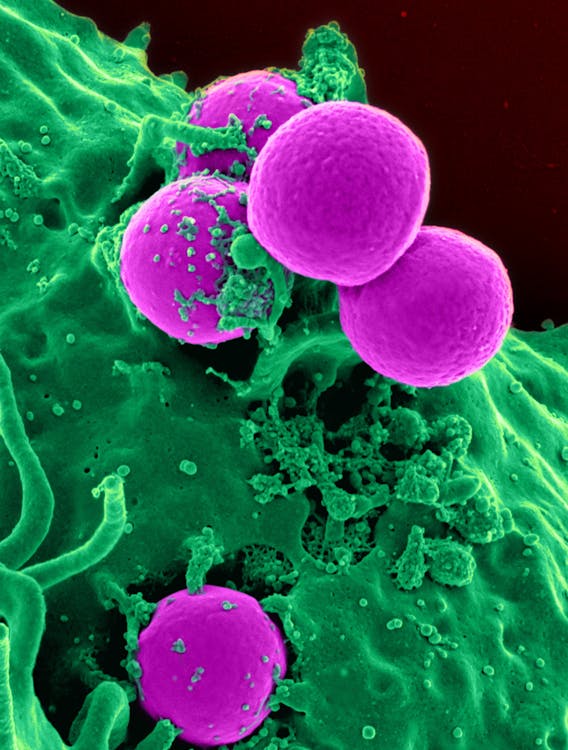Introduction
Hepatitis B is a serious and potentially life-threatening viral infection that affects the liver. It is a global health concern, with millions of people worldwide affected by this condition. In this comprehensive article, we will explore the causes, symptoms, diagnosis, available treatment options, preventive measures, and the impact of Hepatitis B on global health.
What is Hepatitis B?
Hepatitis B is caused by the Hepatitis B virus (HBV) and primarily targets the liver. It can result in both acute and chronic infections. Acute infections may cause mild symptoms or be asymptomatic, while chronic infections can lead to severe liver complications, including cirrhosis and liver cancer.
Causes and Transmission
Hepatitis B is transmitted through contact with the blood, semen, vaginal fluids, or other body fluids of an infected person. The virus can spread through:
- Unprotected sexual contact with an infected person
- Sharing needles or other drug-injection equipment
- Mother-to-child transmission during childbirth
- Contact with blood or open sores of an infected person
- Sharing personal items like razors or toothbrushes
Symptoms of Hepatitis B
- Fatigue
- Jaundice (yellowing of the skin and eyes)
- Abdominal pain or discomfort
- Dark urine
- Pale stools
- Nausea and vomiting
- Loss of appetite
- Joint pain
Diagnosis and Testing
- Hepatitis B surface antigen (HBsAg): Detects the presence of the virus in the bloodstream.
- Hepatitis B surface antibody (anti-HBs): Indicates recovery from an acute infection or successful vaccination.
- Hepatitis B core antibody (anti-HBc): Detects previous or ongoing infection.
- Liver function tests: Assess the liver's health and functionality.
Treatment for Hepatitis B
The treatment approach for Hepatitis B depends on whether the infection is acute or chronic. Acute infections may not require specific treatment, while chronic infections may require antiviral medications. Treatment goals include reducing viral load, minimizing liver inflammation, and preventing complications.
Preventive Measures
Preventing Hepatitis B involves a combination of vaccination and adopting safe practices. This section will cover:
Vaccination: The Hepatitis B vaccine is a safe and effective way to prevent the virus. It is recommended for all infants, as well as adults who are at higher risk of infection.
Safe Sex Practices: Practicing safe sex, including using barrier methods like condoms, can reduce the risk of transmission.
Avoiding Sharing Needles: Avoid sharing needles or any drug-injection equipment to prevent transmission through intravenous drug use.
Screening Blood and Organ Donations: Screening blood and organ donations for Hepatitis B helps prevent the spread of the virus through medical procedures.
Mother-to-Child Prevention: Administering the Hepatitis B vaccine to newborns and implementing precautions during childbirth can prevent mother-to-child transmission.
Global Impact of Hepatitis B
Conclusion
Hepatitis B is a significant public health concern that can lead to severe liver complications if left untreated. With increased awareness, vaccination, and adherence to safe practices, the spread of Hepatitis B can be minimized. Early diagnosis, proper medical management, and a commitment to preventive measures can help individuals protect their health and well-being. Furthermore, addressing the global impact of Hepatitis B requires collaborative efforts on a national and international level to ensure a healthier future for all. If you suspect you have been exposed to Hepatitis B or are experiencing symptoms, seek medical attention promptly to ensure timely diagnosis and appropriate care.

That was helpful.
ReplyDelete